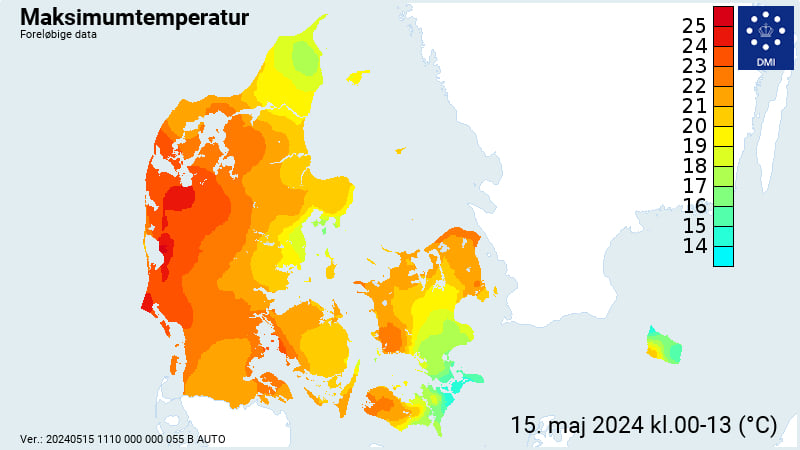Traffic:
Although Storm Pia wreaked havoc on Thursday, it was accidents and Christmas traffic that caused the most congestion on Friday.
A number of temporary closures and reopenings on the Great Belt Bridge led to 20 kilometre-long queues on Friday.
Jens Kjær Nielsen, who oversees the toll booth at the bridge, told DR that an uptick in bridge traffic is expected as the day progresses, peaking at around 4pm.
By 7pm, it’s expected that most of the Christmas traffic will have already passed through the bridge.
The Road Directorate advises travellers to stay updated, especially from 2 to 6pm, when the roads are likely to be busiest.
Kenneth Jensen adds, “The closer we get to 2 to 6pm, the more cars there will be on the roads. We anticipate higher traffic density during this time… We recommend that people plan their trips before or after this period.”
The Danish Road Directorate keeps an overview of traffic updates on its website. It shows when weather warnings, queues and roadworks are affecting traffic.
Bridges:
The line of vehicles heading towards the Great Belt Bridge has increased throughout the day due to closures and reopenings, and the cancellation of ferries.
Strong winds continue to affect the Great Belt Bridge area, making driving conditions quite difficult.
The Great Belt Bridge is not the only one affected by the storm. Crown Prince Frederiks Bridge in Frederikssund has been closed since Wednesday and is not expected to reopen until Saturday.
The Farø Bridges, two road bridges that connect the islands of Falster and Zealand, reopened on Friday morning, but tall and light vehicles and trucks weighing less than ten tonnes are still not permitted to pass.
According to information from the Danish Road Directorate’s website, wind-sensitive vehicles are also advised to avoid crossing the Vejlefjord Bridge between Mølholm and Nørremarken.
Trains:
Following several closures on Thursday due to Storm Pia, railway traffic is now up and running again throughout the country.
While rail services are back on track, travellers are advised to check their itineraries before setting out.
Ferries:
Due to the high water levels brought by Storm Pia, the ferries connecting Aarhus and Odden will stay docked today.
As a result, many travellers hoping to reach their Christmas destinations will need to opt for the Great Belt Bridge instead.
All departures between Kalundborg and Samsø are being cancelled on Friday, the Molslinjen ferry company said.
Ferries between Spodsbjerg and Tårs on Langeland are also expected to face cancellations on Friday.
Flights:
Copenhagen Airport warned that flights risked being delayed and cancelled on Friday.
“Due to the weather conditions today, there is a risk of delays and cancellations, especially tonight. We encourage all passengers to arrive at the airport as usual. Passengers affected by cancellations should contact their airline,” the airport said in a message posted on its website.
A look at the departures board on Friday morning didn’t show many cancelled flights.




 Please whitelist us to continue reading.
Please whitelist us to continue reading.
Member comments